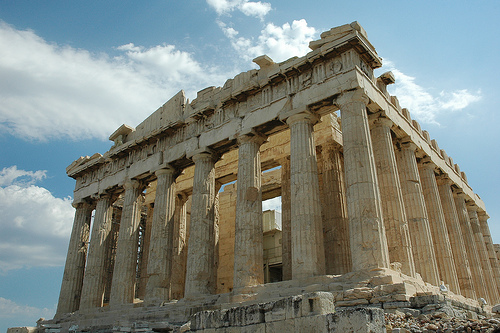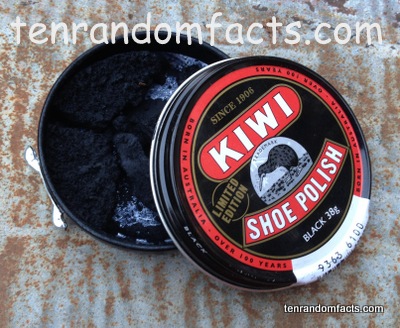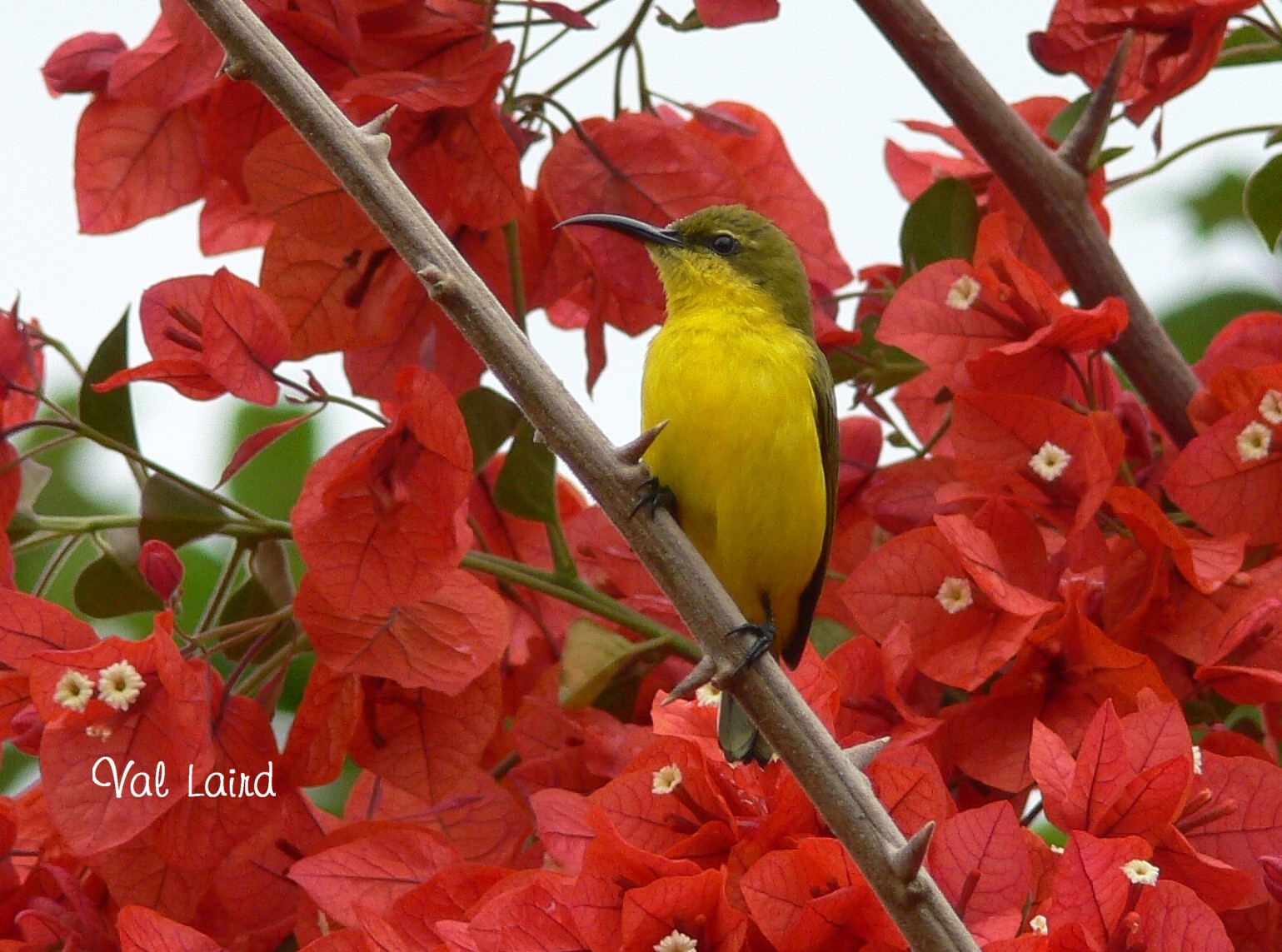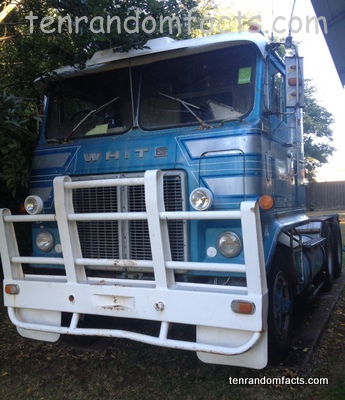
Ancient structure from ancient times.
- The Parthenon is a temple located in the Acropolis of Athens, above the city of Athens, in Greece.
- The people of the city of Athens believed that the Greek goddess Athena, was the city’s patron, and so they built the Parthenon and dedicated to her.
- The Parthenon was built in 447BC and completed in 438BC, while decoration was finished in 432BC.
- In the 5th or 6th century AD, the Parthenon was turned into a church and dedicated to the Virgin Mary and later became a mosque, after Athens was invaded by Turkey in the 15th century.
- The Parthenon is 13.72 metres (45 feet) in height, and was built with 81 Doric style columns and 4 Ionic columns, a total of 85 columns, made from white marble.
Parthenon
Image courtesy of Jack Guilliams/Flickr
- The word ‘Parthenon’ in Greek actually means ‘place of the virgin’ or ‘unmarried women’s apartments’.
- In 1687 part of the Parthenon was destroyed by an explosion in the temple.
- Originally, there were life-size marble sculptures in the Parthenon, many of which are now exhibited in museums.
- Since 1975, the Parthenon has undergone various stages of reconstruction and restoration, directed by the Greek government.
- The building of the Parthenon was supervised by the sculptor, Phidias, and the architects were Iktinos and Kallikrates.















